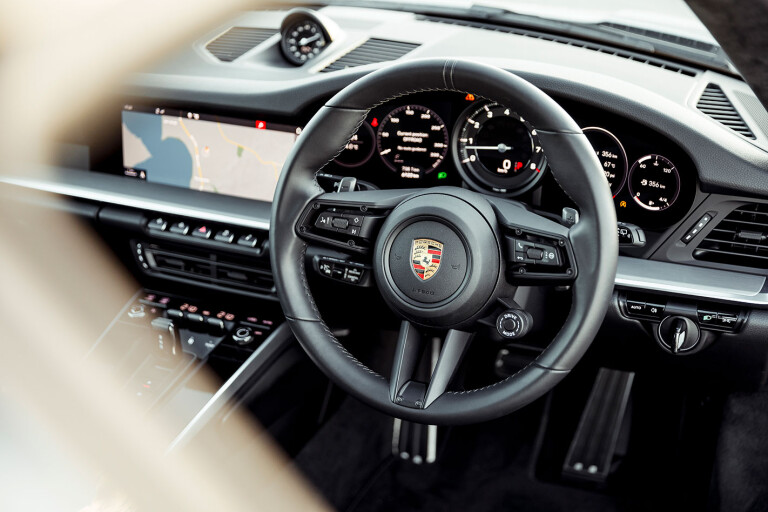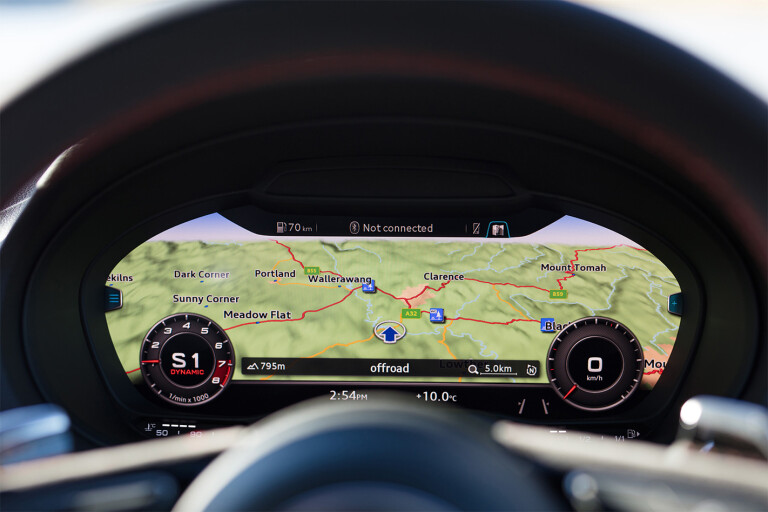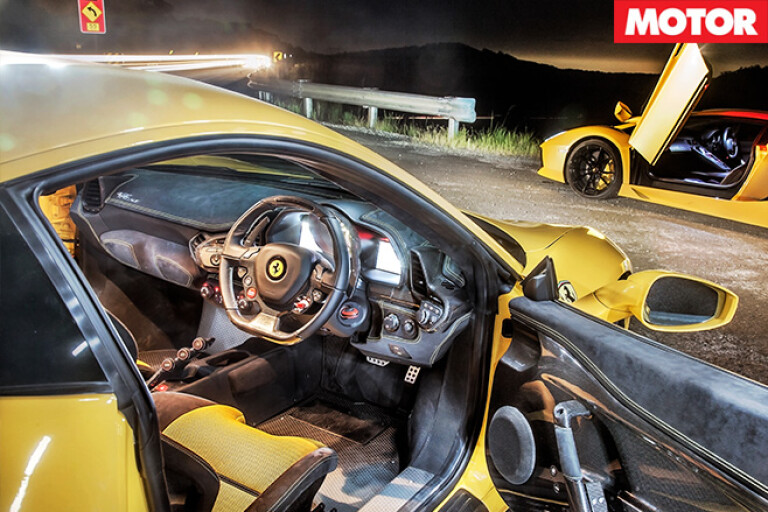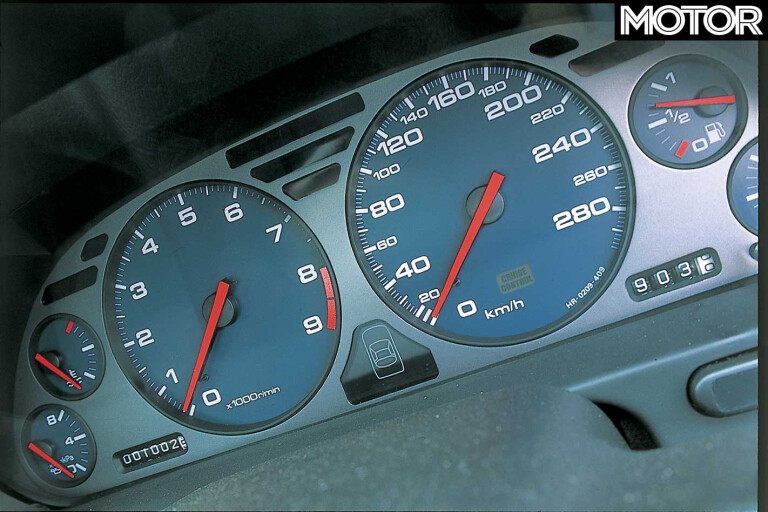
In general, products inexorably improve over time. Regardless of how good or bad the original concept was, incremental development tends to pay dividends. Practice makes perfect and all that. The Porsche 911 is the perfect example. Slinging a six-cylinder engine behind the rear axle of a sports car flew in the face of conventional engineering wisdom in 1963 and doesn’t make any more sense today, but almost six decades of development has turned the 911 into one of the finest driving experiences you’ll ever have.
This isn’t always the case, however. Now and then a product or concept reaches its zenith. Occasionally gold is struck immediately, other times it’s at the end of the rainbow where the journey ends, but at this point it doesn’t matter how much time, money or effort is spent. Any further progress will be a regression, a descent from the peak.

This is most apparent with food, oddly enough. Remember when they changed the recipe for Arnott’s Shapes? Or Cadbury chocolate? Or Vegemite? In every example a bunch of people thought that change was needed, that they knew better, that they could improve on perfection. Every single time they messed it up. No matter how many different varieties of Tim-Tams they dream up (currently 10), the originals are still the best. Special shout-out to the Double Coat, but that’s just the original turned up to 11.
I’ve belatedly come to the conclusion that the car world has now passed peak dials. The digitisation of instruments has, in virtually every example, been a retrograde step. Until recently limited to high-end machinery, this plague is now creeping across the entire automotive sphere. Hyundai latest i30 hatch, for example, features a tachometer that has been shunted aside as a stylised afterthought in order to accommodate a vastly swollen central digital screen that does nothing to improve functionality.

Audi is also guilty. Its ‘Virtual Cockpit’ digital instruments are now basically standard fit across its range and make perfect sense in its sports cars, as they eradicate the need for a vision-robbing central infotainment system in machines that already have quite narrow fields of vision. In the case of the S5 Sportback I reviewed recently, when I have sat-nav instructions on the central screen and the head-up display, do I really need them in the instruments as well? Worse, the latest Virtual Cockpit update eradicates the fuel and temperature gauges that typically flank the digital screen and relegate them to sub-menus. That’s right, they’ve deleted the fuel gauge.
No doubt the argument in favour of this odd decision is the fact that ‘distance to empty’ is always on display and the car will warn the driver when it reaches reserve fuel levels. The trouble is these figures vary wildly depending on driving style; for example, during recent PCOTY track testing both the 911 Turbo S and AMG GT R Pro had less than 50km to empty despite having half-full tanks. On track they were ‘almost empty’ yet on the highway would’ve travelled 300km or more. Flip the scenario and your car warning there is 50km of fuel left on a highway drive is fine, unless you’re 55km from the next fuel station.

I don’t mean to pick on Audi, this was just one of the more egregious examples that typifies the problem of ‘progress’ for progress’s sake. It doesn’t even make financial sense, as despite the proliferation of digital screens I’m of the understanding that it’s still more expensive than using traditional dials. Personally, the most harmonious integration of analogue and digital has been achieved by Porsche and Ferrari, which have both kept their signature analogue tachos as a focal point and added smaller digital screens to each side. However, look at the beautifully functional instruments of a BMW E36 M3, Audi B7 RS5, Porsche 997 911, Ferrari F430 or VW Mk VI Golf GTI and you’ll see that, to me anyway, peak dial has passed.


COMMENTS